Machinery milestones that changed farming
Much of the progress in farming efficiency comes from mechanisation, and the 30-year period from the 1960s through to the end of the 1980s was a golden age for new machinery development.
Mike Williams traces some of the ideas that made a long-lasting impact on machinery design.
Howard BigBaler
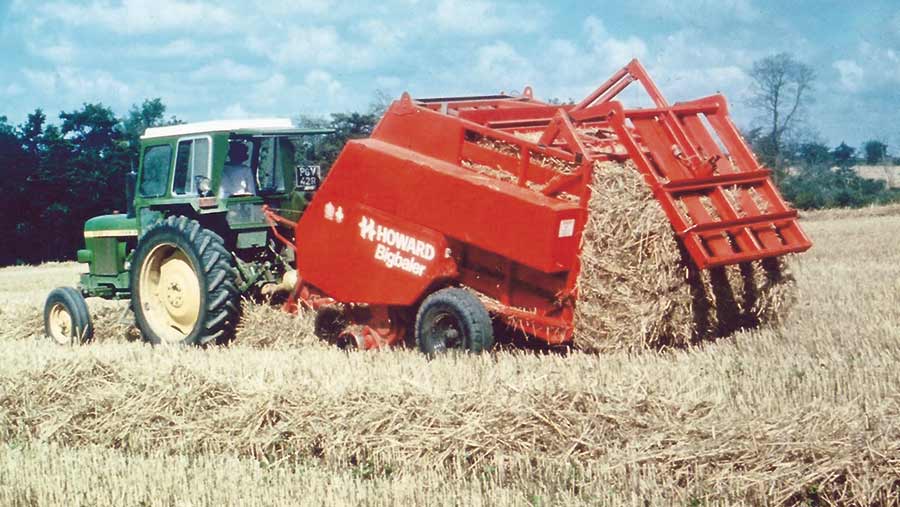
The BigBaler was the world’s first machine for making big square bales, attracting enormous interest when it was announced in 1972.
It was designed by a Gloucestershire farmer, and the Essex-based Howard Rotavator company acquired the production rights. Bales were 2.4m long with 1.5m square cross-section and weighed about 550kg for hay and 400kg in straw.
See also: How to get the best price for your old tractor
Better handling efficiency, compared with small bales, brought a flood of UK and export orders, but the success was short-lived. Although the Howard machine established the benefits of big bales, it also earned a reputation for poor reliability.
The orders stopped after big round balers arrived, followed by other big square balers offering much better reliability.
International Harvester Axial-Flow Combine
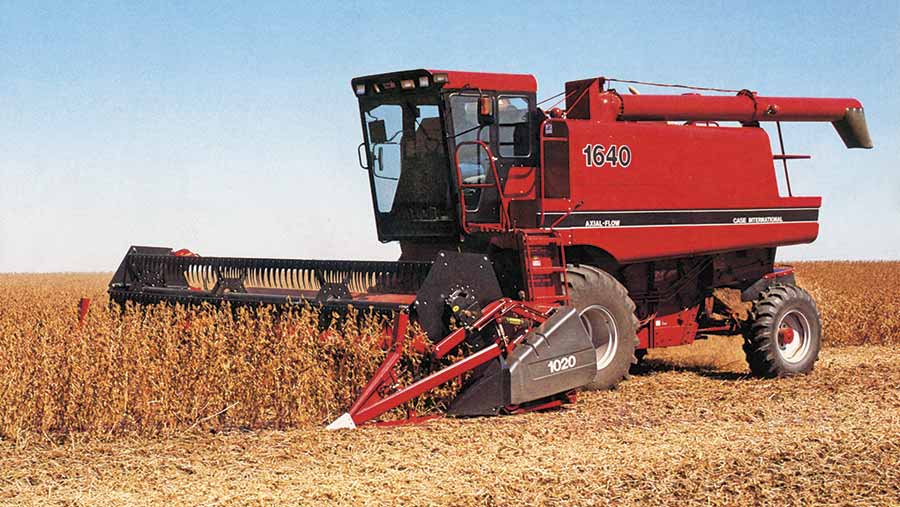
Interest in rotary combines began in the 1950s, with several manufacturers seeking alternatives to the standard beater and straw-walker system.
The first success came from International Harvester, which invested more than one million research and development hours in the project. To boost output, it chose a single in-line rotor and front impeller plus a stationary housing, and the result was the Axial-Flow system.
The first 300 Axial-Flow combines were released for the 1977 harvest, and the feedback was so enthusiastic that IH stopped building straw-walker combines to concentrate on rotary models, an operation that still continues after more than 40 years and total production of more than 160,000 machines under the IH and Case IH brand names.
Vicon SuperFlow
![]()
The pendulum distribution system on Vicon Varispreader and SuperFlow fertiliser spreaders was originally developed by a village blacksmith in Italy.
He was so pleased with its performance that he took it to a machinery show in 1958, where it attracted the interest of Vicon in Holland. They bought production and marketing rights and began selling pto versions plus a land-wheel-drive model for working with horses.
They were known as Varispreaders in the UK until a recent name change to SuperFlow.
The pendulum spreading action won a Royal Show Silver Medal award in 1966 and it remains a big success for Vicon: production continues with the sales total well past the 1.1 million mark.
McConnel Shakaerator
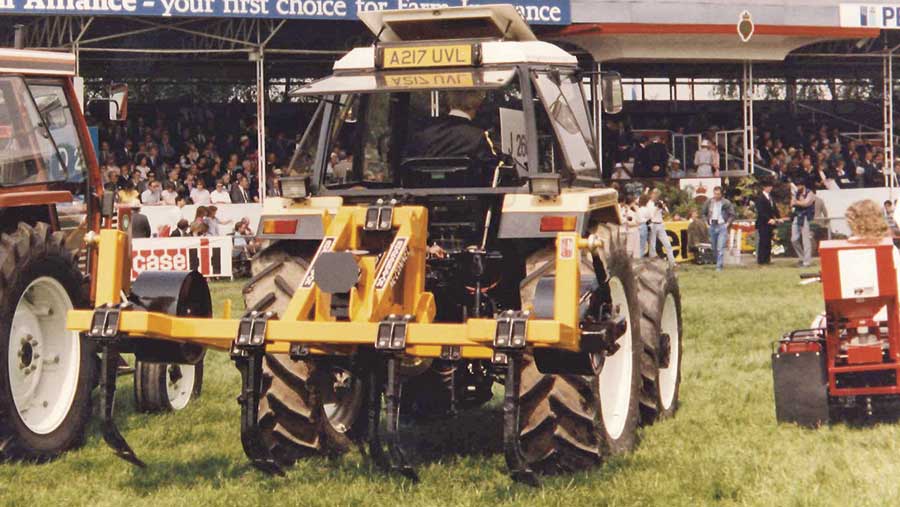
Compaction caused by increasing tractor and machinery weight became a major issue following a series of wet seasons in the 1970s, bringing a demand for improved soil loosening equipment.
The answer from McConnel was the Shakaerator, with deep working tines that vibrated to fracture and loosen compacted soil. The pto-operated vibration idea was originally developed for a plough in Australia, and McConnel bought production rights and developed the Shakaerator, which arrived in 1977.
Using the pto to vibrate the tines improved the compaction-busting action and allowed faster work rates, benefits that showed up during a series of soil-loosening demonstrations organised by Adas during the late 1970s.
Now, after more than 40 years, the current Shakaerator range includes grassland versions as well as arable models.
Honda ATVs
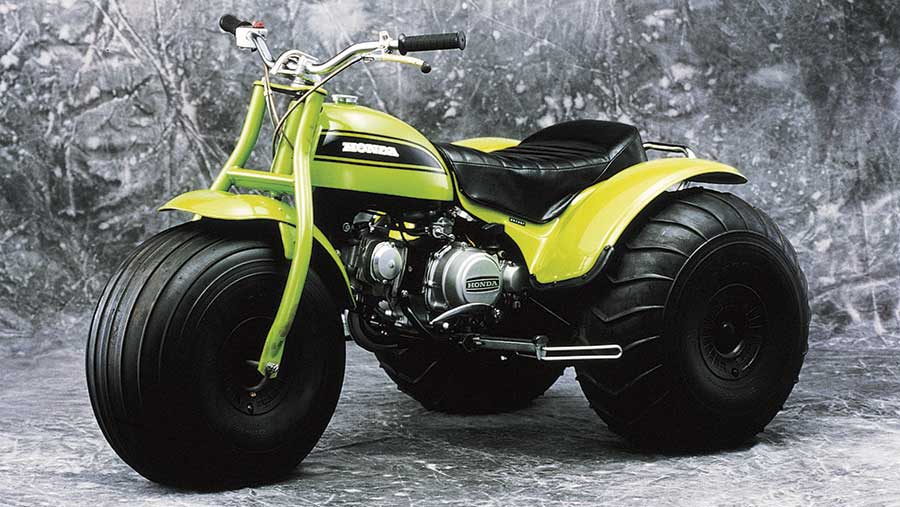
The first ATVs were designed by Japanese motorcycle engineers for the leisure market, and Honda pioneered the idea with the All Terrain Cycle (ATC) three-wheelers.
The first Honda model was the ATC90 available from 1970, offering a combination of low weight, chunky low-pressure tyres, low running costs and almost unbeatable rough-terrain capability that soon attracted farmers.
More three-wheelers followed, and in 1984 Honda introduced its first four-wheeler, the big-selling TRX200 with a four-cylinder engine and a five-speed gearbox.
The four-wheeled quad bikes quickly took over for farm work, offering extra stability and load capacity and, with four-wheel drive, improved traction for towing equipment such as trailers, mowers and fertiliser spreaders. Honda remains the top-selling ATV brand.
JCB Loadall
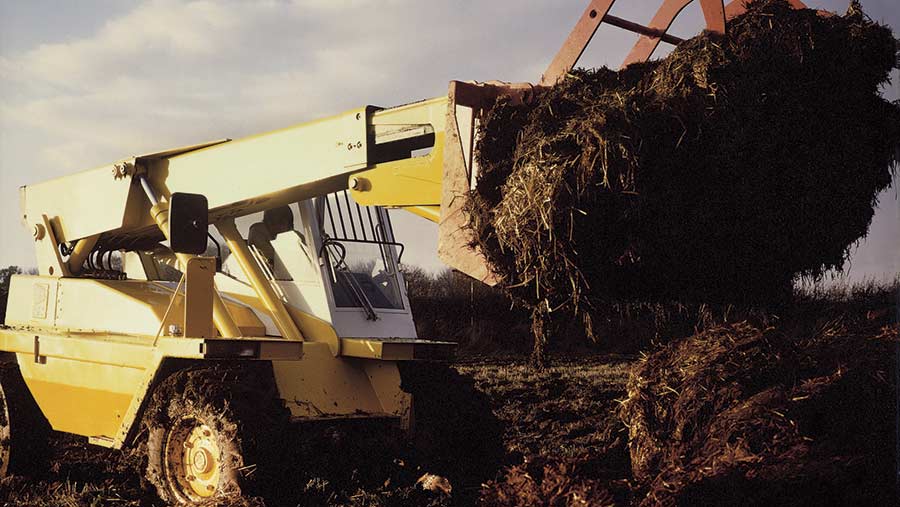
Rising labour costs during the 1970s encouraged interest in bulk handling systems such as big bales and big bags, but existing tractor loaders and the new generation of rough-terrain forklifts offered only limited capability.
The answer came in 1977, when JCB announced the first of its new Loadall telescopic loaders.
Called the Loadall 520, it had been designed for the construction industry, but the big advantages offered by a telehandler brought obvious benefits for materials handling on both arable and livestock farms.
Now, 40 years later, telehandlers are often among the most frequently used farm machines and the JCB Loadall is the market leader worldwide with a 200,000-plus production total.

